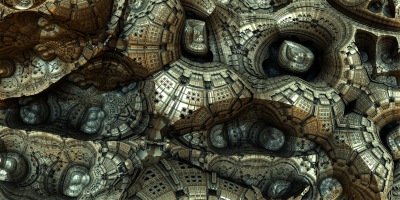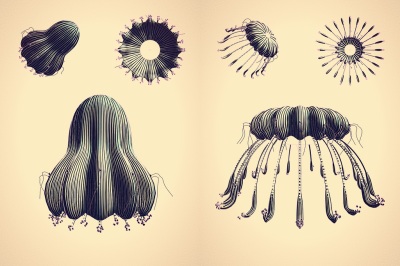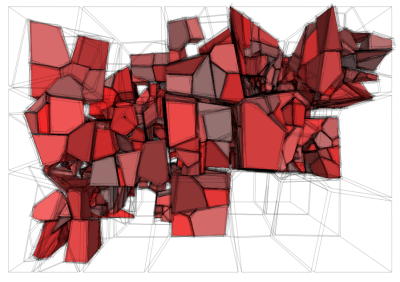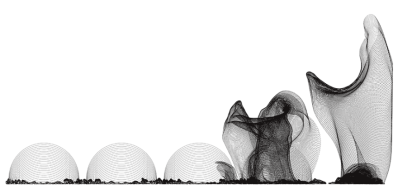Another type of interesting 3D fractal has appeared over at fractalforums.com: the Kaleidoscopic 3D fractals, introduced in this thread, by Knighty.
Once again these fractals are defined by investing the convergence properties of a simple function. And similar to the Mandelbox, the function is built around the concept of folds. Geometrically, a fold is simply a conditional reflection: you reflect a point in a plane, if it is located on the wrong side of the plane.
It turns out that just by using plane-folds and scaling, it is possible to create classic 3D fractals, such as the Menger cube and the Sierpinsky tetrahedron, and even recursive versions of the rest of the Platonic solids: the octahedron, the dodecahedron, and the icosahedron.
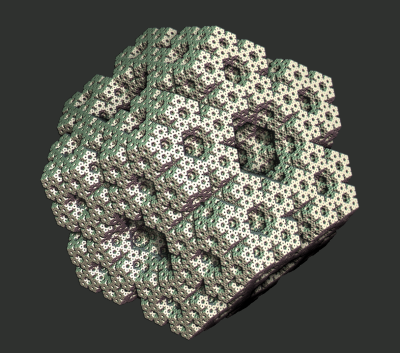
Example of a recursive dodecahedron
The kaleidoscopic fractals introduce an additional 3D rotation before and after the folds. It turns out that these perturbations introduce a rich variety of interesting and complex structures.
I’ve followed the thread and implemented most of the proposed systems by modifying Subblue’s Pixel Bender scripts.
Below are some of my images:
The Menger Sponge
My first attempts. Pixel Bender kept crashing on me, until I realized that there is a GPU timeout in Windows Vista (read this for a solution).
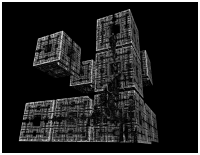
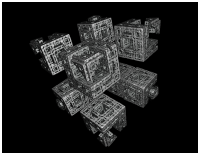
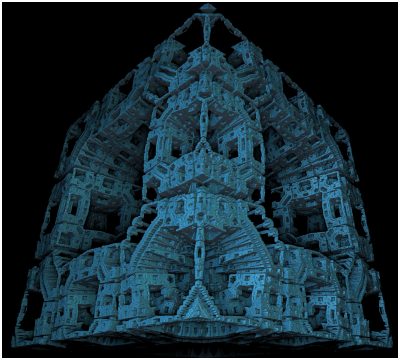
The Sierpinsky
Then I moved on to the Sierpinsky. The sequence below shows something characteristic for these fractals: the first slightly perturbed variations look artificial and synthetic, but when the system is distorted, it becomes organic and alive.
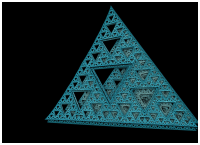
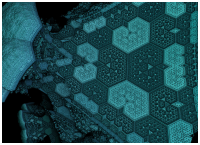
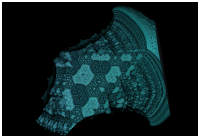
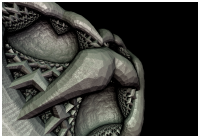
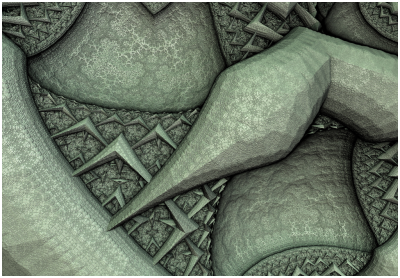
The Icosahedron
I also tried the octahedron and dodecahedron, but my favorite is the icosahedron. Especially knighty’s hollow variant.





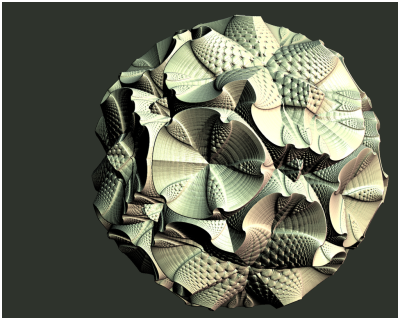
Arbitrary Planes
One nice thing about these systems is, that you do not necessarily need to derive a complex distance estimator – you can also just modify the distance estimator code, and see what happens. These last two images were constructed by modifying existing distance estimators.
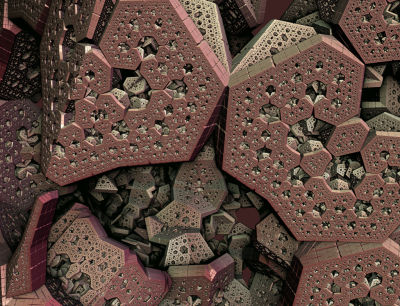
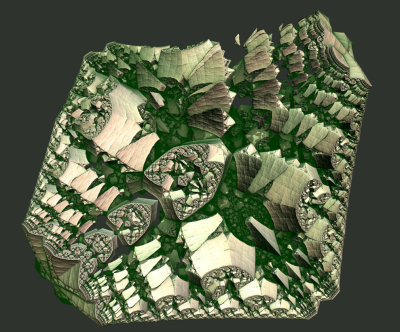
It will be interesting to see where this is going.
Many fascinating 3D fractals have appeared at fractalforums.com over the last few weeks. And GPU processing now makes it is possible to explore these systems in real-time.





